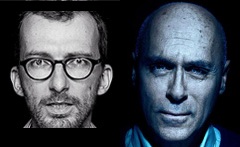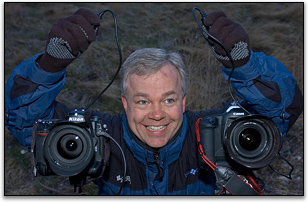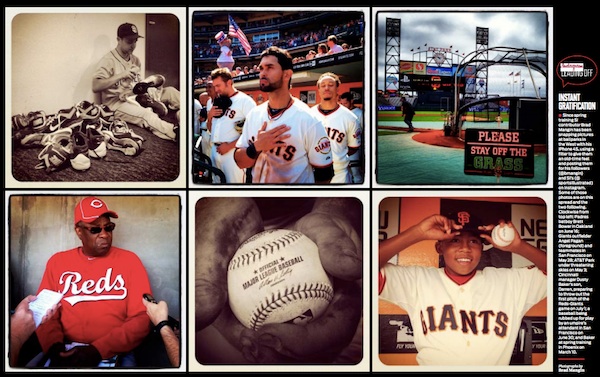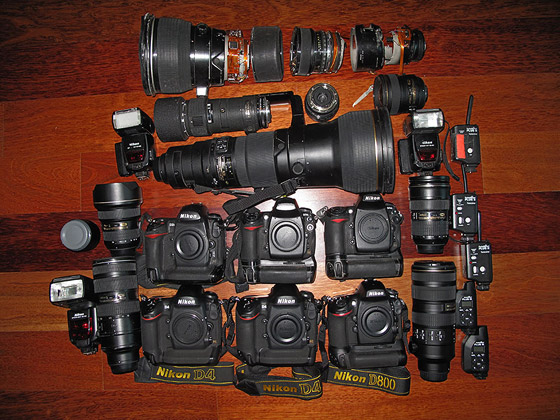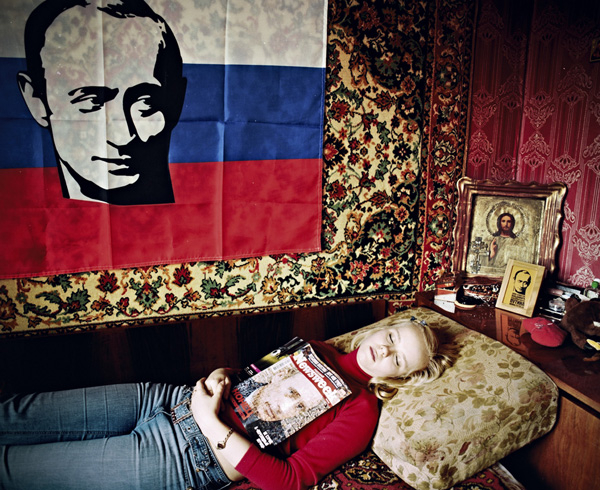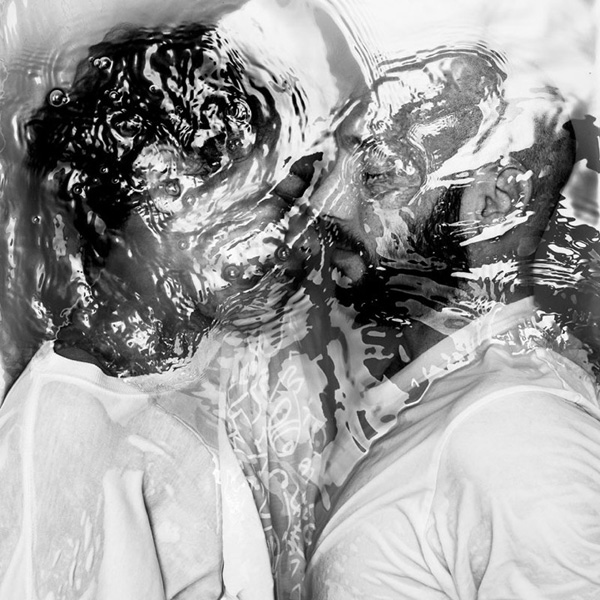Share
Friday Happy Hour: The Existential Crisis of Photography & More
Where there are creative people, there are almost always provocative discussions about whether people are creating “correctly”. This week Pet...
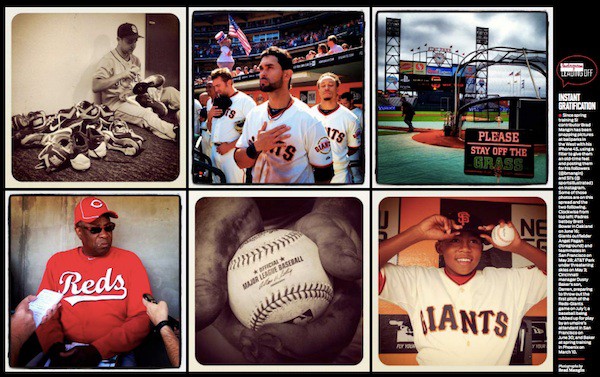
Where there are creative people, there are almost always provocative discussions about whether people are creating “correctly”. This week PetaPixel picked up a conversation that’s been going on in the background of the photography industry between photographers/writers Joerg Colberg and Edward Rozzo. Their back-and-forth debate is centered around the future of photography – and we couldn’t help but (albeit a little selfishly) think that this is exactly the discussion we’re trying to foster with our conference, Luminance 2012.
But this week, in additional to the Colberg-Rozzo conversation, we also saw a personal goodbye from Rob Galbraith from the amazing site, Digital Photography Insights; a look into an Olympic photographer’s camera bag; and more. Let’s get to it!
The existential crisis of photography
“Now that we’ve done all that stuff that you can see in history-of-photography books, now that we’ve become obsessed with re-creating that past over and over again – how can we turn around, to look at and move into the future?”
This is the question posed by photographer/writer Joerg Colberg, who American Photo named part of “a new generation of thought leaders has emerged to give photographers and photography fans new avenues of information.”
The quote is from Joerg’s post, “Photography After Photography? (A Provocation),” which argues that digital technology should be moving us forward and helping us to create anew; yet ironically, it has caused the current “stasis” of the medium in which photographers are simply recreating what has already been done. “There’s a lot of talk how making photographs has become so much harder given the state of things, given there are cameras everywhere. But then, if you are complaining about that – doesn’t that show the limitations of your own creativity?”
Then photographer Edward Rozzo, who was in consensus with Jeorg on the majority of his points, came out to say that he has to disagree with Joerg’s perception of “stasis”, saying that the revolution people like Joerg are seeking has already happened. “The popular equivalency of photographic image = reality has been permanently altered. Everyone, or practically anyone who is visually literate, knows that they can never again trust an image in order to understand reality. All images are simply subjective representations.”
The debate continued on, with Joerg posting his response to the response, in which he argues against the notion that people don’t trust photography anymore. “You can write as much about Photoshop as you want, but the simple fact remains that most people still think that what you see in a photograph is, well, reality.”
The bigger argument here, it seems, is whether photography is no longer a “creative art”. Do we need to re-aim for some depth, as Joerg suggests? What are your thoughts on the matter? (via PetaPixel)
Rob Galbraith puts Digital Photography Insights into hibernation
In 1994, photographer Rob Galbraith used a Kodak DSLR to transmit his first photo from Rwanda to Canada via satellite link. ” I realized that [it]…represented the digital future of news photography, if not all segments of photography,” says Rob.
Four years later, Rob completed The Digital Photojournalist’s Guide, which eventually evolved into Digital Photography Insights. For 14 years, Rob has been the go-to resource for aspiring photographers eager to learn more about digital photography.
This week, Rob announced that he will be putting his website into “deep hibernation mode” to take a full-time position as a photojournalism instructor at the Southern Alberta Institute of Technology. Since his blog post announcement on Wednesday, there’s been tons of gratitude expressed for Rob’s work by photographers worldwide. We also extend our thanks to Rob, and best wishes for his next steps.
How to make Instagram images that are good enough for Sports Illustrated
PhotoShelter member and sports photographer Brad Mangin had some big news to share on his blog this week: Sports Illustrated published 18 of his Major League Baseball images from Instagram over 6 pages in the front of the magazine! Brad, who’s been shooting with his iPhone 4s since December of last year, was immediately infatuated with the new medium. “It was like I was a newborn photographer seeing things for the first time,” he says.
Thanks to his picture editor at SI, Brad’s Instagram work is receiving recognition. But, as with most Instagram-related stories in the photography community, the buck doesn’t stop there. Mashable picked up on the story, and ended their post with the question: “Do you think images filtered through Instagram and other apps have a place in print journalism?”
Meanwhile, over at GigaOM, people are questioning what all the Instagram hate says about the future of media. “Some people seem to believe that the ease with which amateur photographers can post photos to the service, and the filters Instagram provides in order to add special effects to them, are ruining photography…But that doesn’t change the fact that these tools also break down the barriers for participation by talented amateurs of all kinds — photographers, writers, journalists and movie-makers.”
For the time being, however, we want to congratulate Brad. It’s not hard to see the talent in his Instagram shots, whether that’s composition, lighting, or whatever else you think makes an outstanding photograph. Head on over to his blog to learn his secrets to getting the shots.
Inside the camera bag of an Olympic photographer
This week’s “In My Bag” series from The Photo Brigade is by PhotoShelter member and sports photographer Mark J. Rebilas, who’s off to London this summer to cover the Olympics. It’s easy to freak out before such a big job, but fortunately Mark is an experienced Olympic photographer – he shot the 2008 Summer Olympics in Beijing.
So what’s in Mark’s bag? Start with six Nikon camera bodies and just as many lenses, plus a set of PocketWizard transceivers, external hard drive, rain gear for his cameras, and more. Head over to see what else he’s got.
The Vladimir Putin fan club photo book
Despite harsh criticism of Vladimir Putin – former Prime Minister and current President of Russia – from outsiders, there remains a small group of young people in the suburbs of Moscow dubbed the VV Putin Fan Club. They idolize Putin as a savior of their country in an obsessive manner, collecting t-shirts, pictures, flags, and other merchandise to display at home.
Documentary photography Bela Doka from Budapest, Hungary currently has an Emphas.is project to fund a photo book that explores the relationship that these young girls and boys have with Putin. Check out her Emphas.is project page for more info and to get involved.
Evocative portraits of people submerged underwater
Paris-based photographer Alban Grosdidier‘s series, appropriately titled “Drowning,” are beautiful yet somewhat disturbing black and white representations of what it feels like to be trapped underwater. Grosdidier wanted to compare the feeling of being immersed in a big city like Paris with being submerged underwater – you’re compelled to free yourself when the force becomes too much. The photographer posted large-scale prints alongside the Canal Saint-Martin. Check out Alban’s website to see more of the series.
